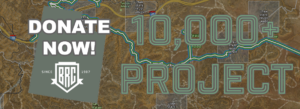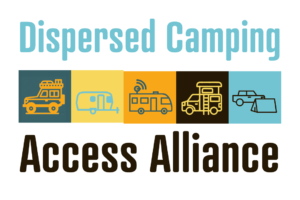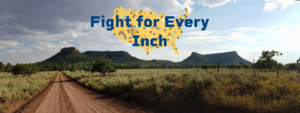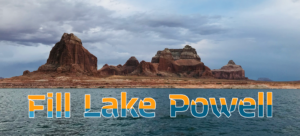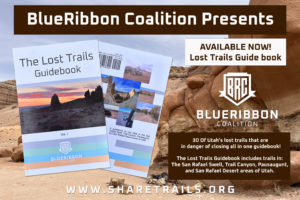The BLM has released the draft EA for another comment period for the Recreation Area Management Plan for the Gila Lower Box in the Las Cruces District office. The proposals include new parking areas, campfire rings and restricting areas to motorized use. This area was designated in the land management plan for a recreation area management plan (RAMP). Therefore, the BLM should be maximizing the types of uses and the amount of users in order to fulfill its designation. Comments are accepted through June 1, 2024. This area already consists of primarily wilderness study areas and is managed with heavy restrictions. They are proposing to take what small percentage of motorized access we have.
Full Briefing:
Nichols Canyon would only allow designated campsites and be closed to motorized use. OHV’s are limited to designated roads and trails. Within the ACEC there are currently 2.6 miles of motorized routes, and .7 of non-motorized. There are Wilderness Study Areas that prohibit motorized use currently. Alternative B will close a portion of Nichols Canyon Road that is currently open to OHV’s and restrict it to non-motorized. Gauge Station Road, Spur Road, Nichols Canyon Road are currently the only routes to provide motorized access to the river. With the current proposals these will be closed. Therefore, someone who requires motorized access will not be able to access the river moving forward. Old Mining road would also be converted to non-motorized.
Gauge Dispersed Camping Area and Caprock Campground will be a new designated camping areas in order to accommodate the growing numbers of users. However, it will only provide access to non-motorized users.
Proposing a non-motorized boat pull out ramp, camping would only be allowed in designated areas. Alternative C would allow even less recreational opportunities. The BLM recognizes thoroughly that there is an increase of use from all user groups within the planning area that needs to be managed and accommodated. However, this proposal only accommodates non-motorized users. The BLM does not even analyze additional motorized routes to provide access for more users.



